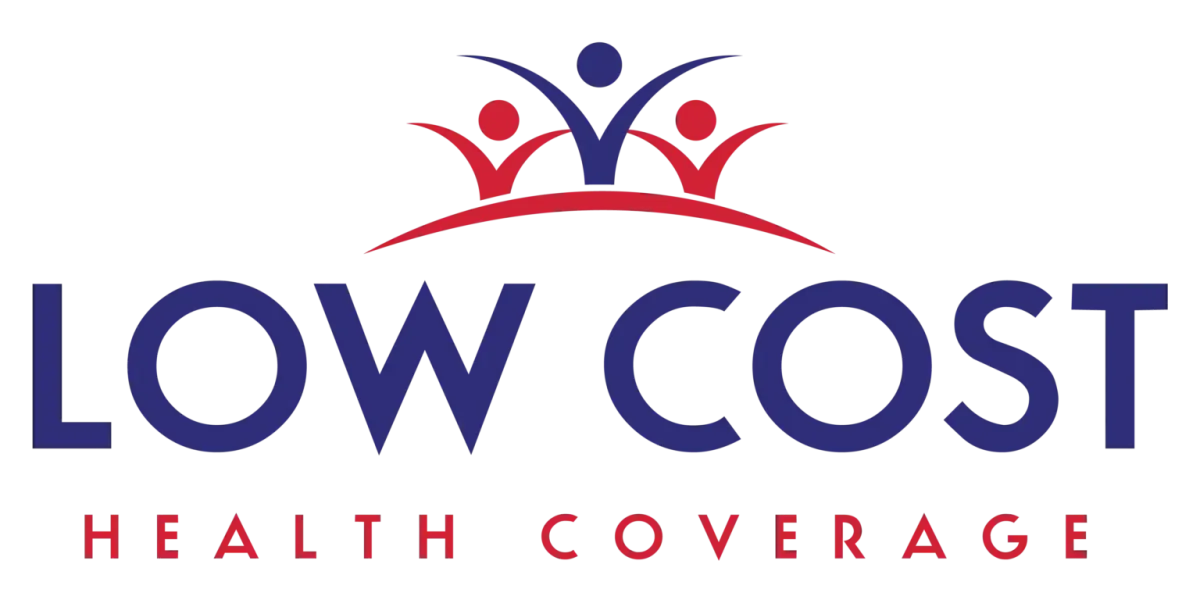Your complete guide to Medicare plans & benefits
Medicare explained: Simple, clear, and complete
You’ve worked hard your whole life. You’ve saved, planned, and now you’re looking ahead to retirement, to stability, to peace of mind. But as you approach your mid-60s or manage a qualifying disability, one question keeps rising to the surface: What exactly is Medicare, and how do I make it work for me?
You’re not alone in wondering. Medicare is one of the most essential and misunderstood healthcare programs in America. It offers a powerful layer of protection, especially for those aging solo, living on a fixed income, or managing chronic conditions. But to take full advantage, you need to understand how it works and how to make choices that fit your life.
Let’s walk through it together, from the ground up.

What is Medicare, and who qualifies for it?
At its heart, Medicare provides government-run health coverage for most Americans once they turn 65. But it also covers younger individuals who’ve lived with a disability for 24 months, or who have end-stage renal disease (ESRD) or ALS.
If you’ve heard it confused with Medicaid, here’s the difference: Medicare is based on age or disability, while Medicaid is income-based.
For many, eligibility begins automatically at age 65. Some individuals become eligible through their Social Security Disability Insurance (SSDI) benefits. Either way, it’s designed to protect your health and your finances at a time when both matter more than ever.
Understanding the four parts of Medicare: Part A, B, C, and D
Medicare isn’t just one plan; it’s four distinct parts, and each plays a different role.
Part A - Hospital Insurance
It provides coverage for inpatient hospital care, skilled nursing facilities, hospice, and certain home health services. Most people don't pay a premium for Part A if they’ve worked at least 10 years.
Part B – Medical Insurance
Part B covers outpatient services, including doctor visits, preventive care, lab tests, mental health services, and medical equipment such as walkers or wheelchairs. It’s the core of your everyday health coverage and comes with a monthly premium, currently around $185 per month for most people in 2025.
Part C – Medicare Advantage
Medicare Advantage plans are offered by private insurers. Offering a streamlined approach, these plans group together Parts A, B, and often D, with optional perks like dental, vision, or wellness programs. They're user-friendly but come with trade-offs in provider access and pricing.
Part D – Prescription Drug Coverage
This part of Medicare helps pay for the medications your doctor prescribes. It can be bought as a stand-alone plan (with Original Medicare) or built into an Advantage plan. Premiums and drug prices vary, and yes, there’s that infamous “donut hole”, a temporary gap in coverage for some high-cost medications.
Each part does something different, but together, they form the foundation of your Medicare coverage.
Medicare costs breakdown
You might assume Medicare is “free,” but there are costs to be aware of: premiums, deductibles, and coinsurance.
• Part A is often free, but Part B has a premium, and it increases if your income is above certain thresholds due to the IRMAA (Income-Related Monthly Adjustment Amount).
• Original Medicare has no out-of-pocket maximum, meaning if your expenses are high, so are your risks.
• Part C and D plans vary widely in cost, and your total monthly bill depends on your chosen plan, your medications, and how often you seek care.
Also important: Late enrollment can trigger penalties. That’s why timing matters just as much as what you choose.
When to enroll in Medicare?
Medicare doesn’t wait forever. There are specific windows to enroll, and missing them can cost you, literally.
Initial Enrollment Period (IEP): Begins 3 months before your 65th birthday, includes the birthday month, and ends 3 months later, giving you a full 7 months to enroll.
General Enrollment Period (GEP): Missed your initial window? You can still enroll between January 1 and March 31 each year, though you could face a late-enrollment penalty.
Special Enrollment Period (SEP): If you’re still working and covered by an employer plan past age 65, you can delay Medicare without penalty. After that period ends, you have an 8-month window to sign up.
Annual Enrollment Period (AEP): Every year from Oct 15 to Dec 7, you can switch plans, add, drop, or change your Advantage or Part D plan.
Each period gives you power, but only if you act within the timeline.
Deciding between Original Medicare vs. Medicare Advantage
One of the most important decisions you’ll make is this: stick with Original Medicare (Parts A + B + optional Medigap and Part D), or go with a Medicare Advantage plan (Part C)?
• Original Medicare gives you broad access to doctors and hospitals across the U.S. Add a Medigap plan to cover what Medicare doesn’t, and Part D for prescriptions.
• Medicare Advantage is like an all-in-one plan, often with added perks, but it comes with networks and variable out-of-pocket costs.
Think of it like this: Original Medicare is about flexibility and predictability, while Advantage plans are about convenience and upfront savings. Your health, your finances, and your lifestyle will guide the right fit.
Medigap and Supplemental Coverage
Original Medicare pays for a lot, but not everything. That’s where Medigap plans (also called Medicare Supplement plans) come in.
These plans help cover:
• Copays and coinsurance
• Deductibles
• Care when you travel abroad
Plans are standardized (A–N), which means Plan G from one insurer is the same as Plan G from another, just with different pricing.
Your best time to enroll? During your Medigap Open Enrollment Period, which starts the month you turn 65 and enroll in Part B. During this window, you can’t be denied or charged more based on health, so don’t miss it.
Extra help and financial assistance
If Medicare feels out of reach financially, don’t give up. There are programs designed to help:
• Medicare Savings Programs (MSPs): Help pay Part A and B premiums and other costs for low-income enrollees.
• Extra Help (Low-Income Subsidy): Reduces the cost of Part D drug coverage.
• State Health Insurance Assistance Programs (SHIPs): Offer free, personalized counseling from trained volunteers in your state.
If you’re struggling with costs, these programs can provide real relief and the peace of mind that help is within reach.
Common pitfalls and how to avoid them
Many Medicare mistakes come from simply not knowing what to watch for:
Missing your enrollment window means penalties that last for life.
Without supplemental insurance, you may face significant medical bills not covered by Medicare.
Using out-of-network providers in an Advantage plan can lead to unexpected bills.
Skipping your annual plan review means you could be missing out on better coverage or savings.
Awareness is your best defense. Taking a little time each year to review your plan keeps you in control.
Step-by-step enrollment checklist
Here’s your action plan:
Mark your Initial Enrollment Period based on your 65th birthday (or SSDI timeline).
Not sure which path to take? Compare Original Medicare with Part D and Medigap against Medicare Advantage.
Use Medicare.gov’s Plan Finder to compare costs, coverage, doctors, and drug options.
Sign up on time to avoid penalties.
Review your plan every fall to make sure it still meets your needs.
It’s not just a checklist, it’s your roadmap to coverage that works.
Conclusion
Medicare isn’t just a government program; it’s a powerful safety net that supports your health, protects your finances, and helps you live independently. But it’s not one-size-fits-all.
When you understand your options, your costs, and your timeline, you take back control. You stop guessing and start making informed choices that align with your needs, your lifestyle, and your values.
Take your time. Ask questions. And above all, remember: Medicare is here for you, but it works best when you know how to work it.


Shop plans
When you're ready to explore and enroll in an affordable Individual or Family health plan, Low-Cost Health Coverage offers a variety of budget-friendly options designed to meet your needs. We're here to guide you every step of the way.

FOLLOW US
COMPANY
CUSTOMER CARE
LEGAL
Copyright 2025. Low Cost Health Coverage. All Rights Reserved.










